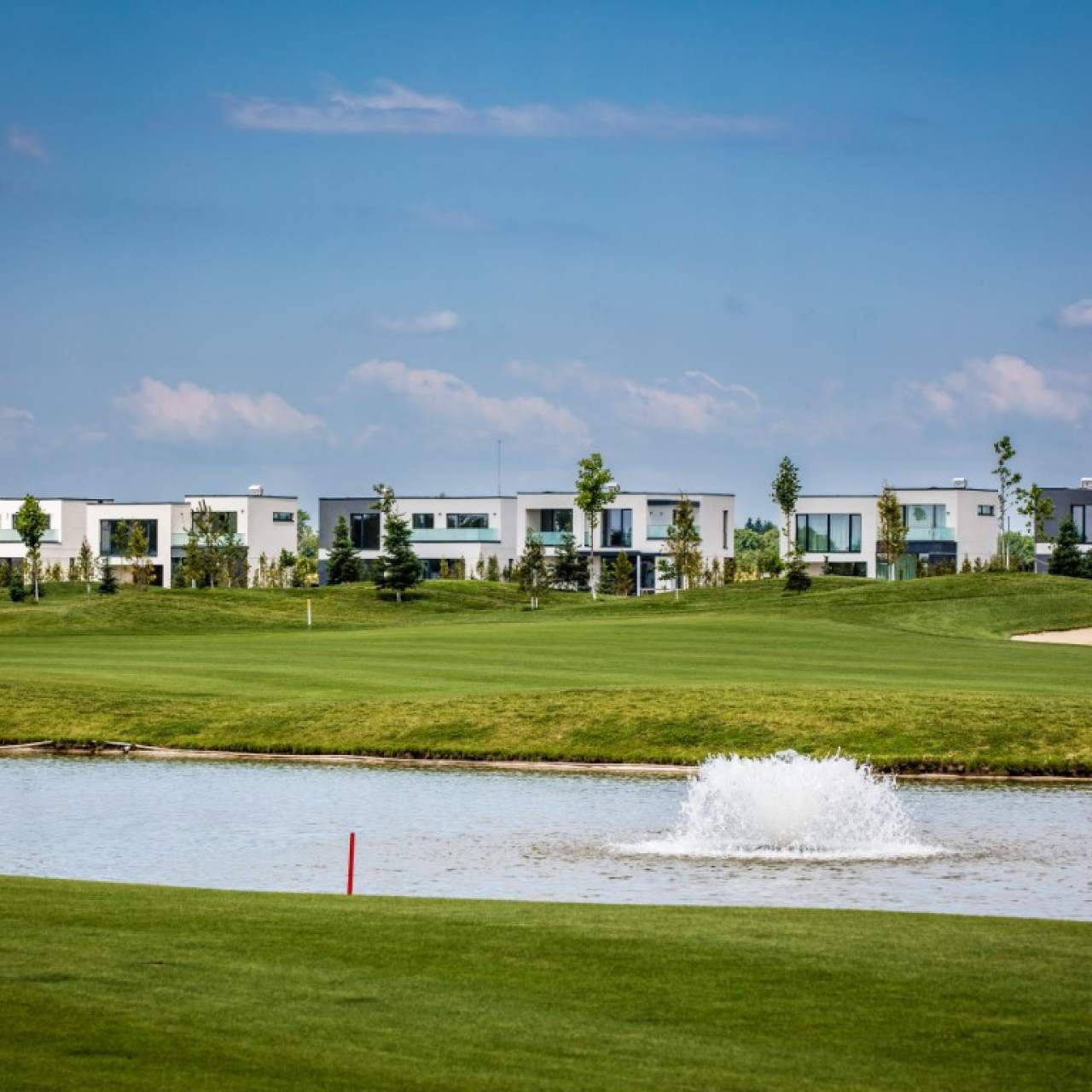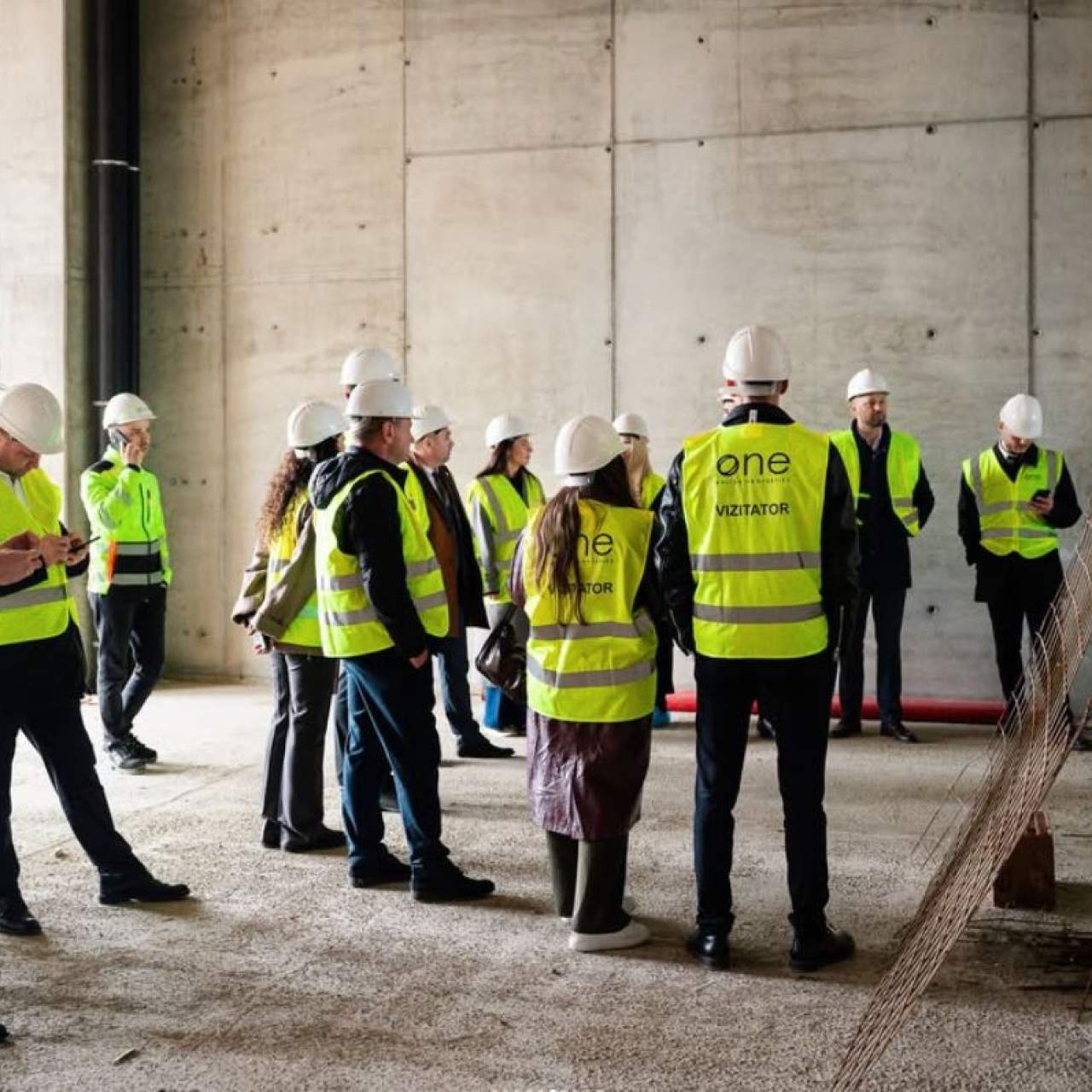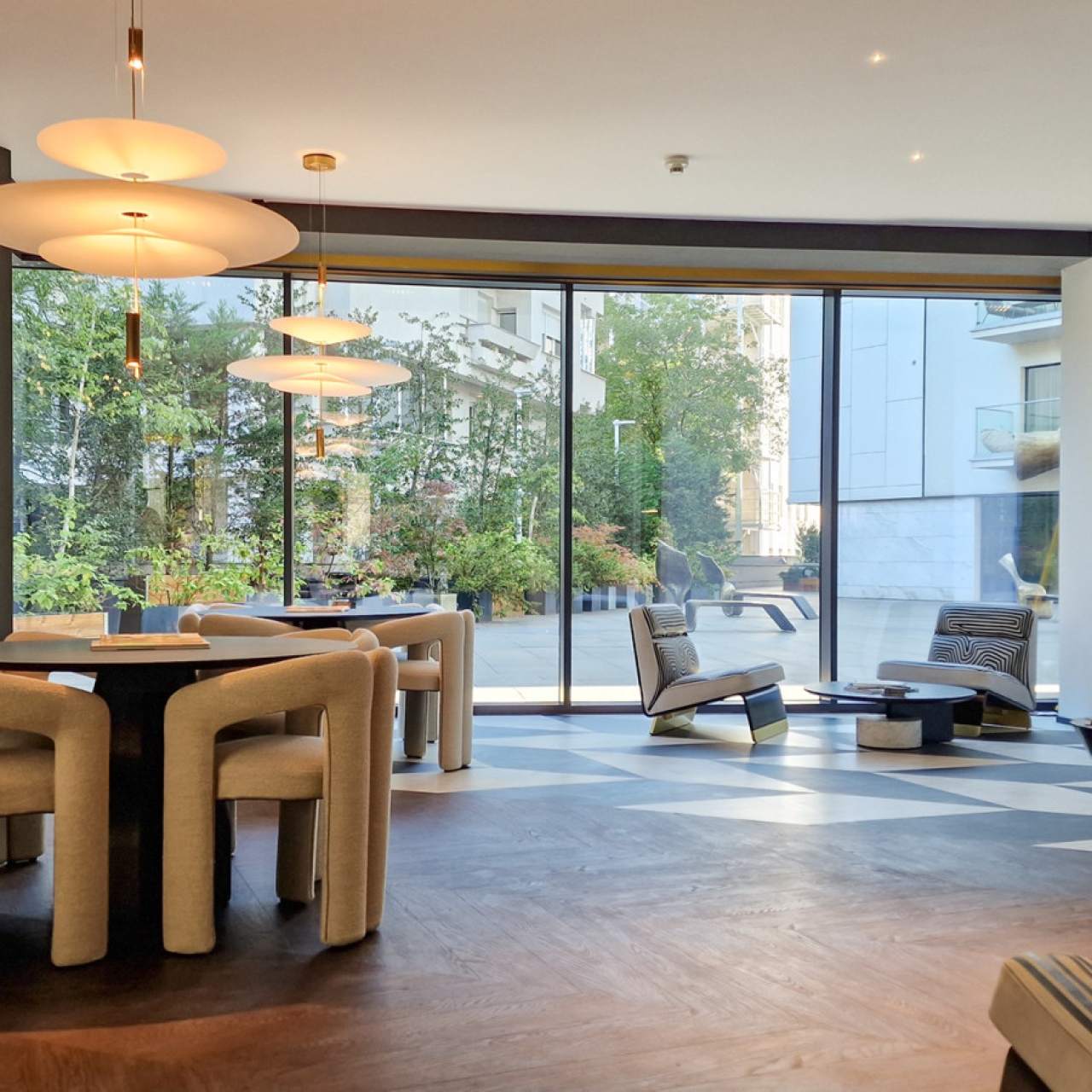
Factors that define this year's housing investment
In many industries, the pandemic has drastically changed the way consumers behave. In the real estate industry, however, the need for housing has not diminished, but it has come with new requirements from those looking for a new home.
What are the trends in this regard on the international market?
Considering the effervescence in the residential area, demonstrated by a survey conducted internationally this year by Knight Frank, where 20% of respondents said they plan to move in the next 12 months and another 19% that they have already done since the pandemic start, the question that arises is: "Who will be the main beneficiary of this trend?".
Although the health crisis has boosted the appetite for suburbs and rural areas, cities remain at the top of preferences, being the first targeted for relocation, with 38% of responses. This direction is most strongly represented by Asia and the Middle East, 44%, respectively 50% of the survey participants from these regions being interested in relocating in cities. And if we talk about the countries of greatest interest, the ranking is led by Switzerland, France, and the United Kingdom, followed by Australia and the United Arab Emirates.
Suburbs also cover an important percentage, being chosen by 33% of respondents internationally, while rural areas and migration across borders are an option for only 15% and 13% of survey participants, respectively.
In terms of facilities, those interested in buying a home are primarily looking for fast broadband (71%), the presence of a study/office space (67%), 66% want a more generous outdoor space, and 59% say it is important to have a more spacious home. These preferences are followed by the interest for outside views and flexible housing, with multiple roles of the chambers, both being voted, equally, by 55% of the respondents; half of the survey participants also voted for wellness and wellbeing facilities. Sustainable design is, in turn, among the important factors, 49% considering this aspect (and if we talk about sustainability, we must note that 84% of respondents said that the energy efficiency of the home is important and very important). The list is completed by facilities such as its own fitness room and an annex for other family members (both receiving the vote of 40% of respondents).
Regarding the type of property, the winners are the villas or individual houses (46%), but also the houses located on the beach / by a lake (42%), or the country properties (34%). The desire to be close to nature is obvious, although only 18% would invest in a holiday home in the mountains. In fact, proximity to green spaces and air quality are key factors for 68% and 65% of survey participants, respectively.
Although apartments are of interest to only 19% of respondents, the percentage is still increasing compared to 2020, when only 12% would have chosen this option. There is also an increase in interest in buying a second home. 33% of respondents said they would consider such a purchase amid the health crisis, compared to 26% in 2020.
Despite occupying a small percentage in the survey - only 5%, expats returning home are also on the list of home investors, 39% reporting that they have bought a home since returning to the country. The most important factors underlying this decision were the desire to be closer to the family (36%), improved quality of life (24%), changes in the workplace (16%), and access to quality healthcare (13%).
In terms of purchasing power, it remained unchanged for half of the respondents, while for 24% it increased, 26% reporting, on the contrary, a decline in investment budgets in this segment.
Data for this article was obtained from knightfrank.com.
Inspired by the article?
Explore apartments in neighborhoods worth discovering:


